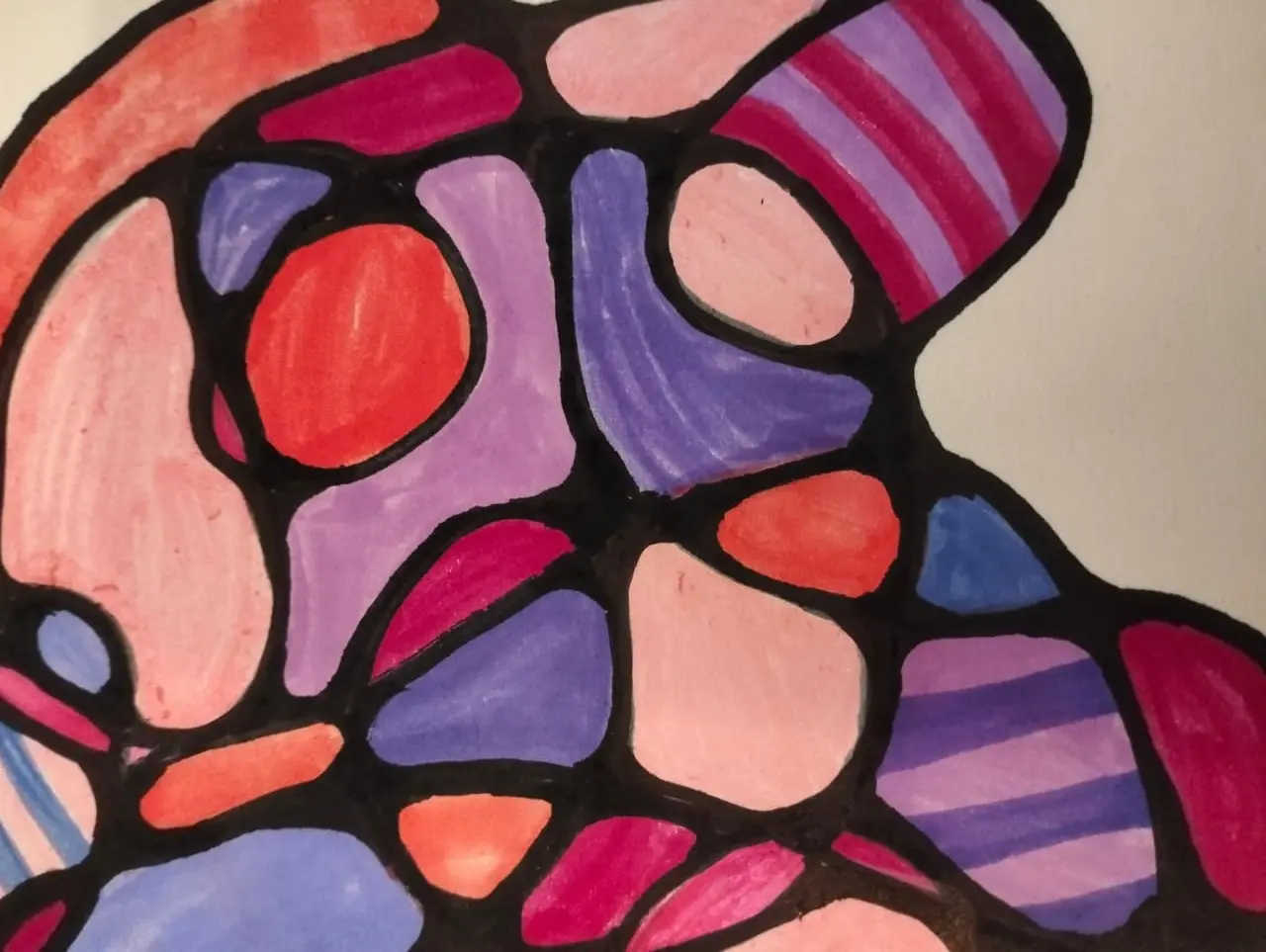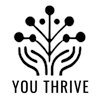
I was TODAY year’s old when I discovered that the thing I’ve been doing for years, those squiggly, looping lines that somehow calm my brain, actually has a name. It’s called neural pattern drawing or neural art. And here’s the extra cool part: it’s backed by science.
At first glance, it just looks like a bunch of random lines or scribbles. You start with a single curving stroke, then build on it, swirling your pen or pencil all over the page, weaving and connecting shapes. It’s even better if you don’t lift the pen off the paper but just keep the movement flowing. Because something happens as you go. Your breathing slows, your thoughts quiet down, and you fall into a kind of gentle rhythm. Researchers call this a “flow state,” where your brain shifts from overthinking into calm focus. See? Science!
Then comes my favourite part. I call it the softening. That’s when you trace over the sharp corners and round them into smooth curves. It seems small, but it does something inside you. You’re literally transforming tension into flow, teaching your nervous system what safety feels like. There’s even science behind this little gem. Again! Studies show that the human brain responds more calmly to curved shapes than to sharp, jagged ones. They literally feel safer. When you soften those corners, you’re not just changing a line on paper, but reminding your brain that it’s safe to relax.
Maybe the best part is that you can’t really do it wrong. There’s no rules, no expectations. Just movement and pattern. You might start with a messy scribble and end up with something beautiful. Or not. But it doesn’t matter. Either way, your brain doesn’t care because it’s already calmer.
So, next time your mind feels cluttered, grab a pen and a blank page. Start with a squiggly line and keep going. Round the corners. Colour the shapes with whatever you have handy, or just leave the gorgeous, curvy outlines and enjoy the neuroscience in motion.
References
- Kaimal, G., Ray, K., & Muniz, J. (2016). Functional near-infrared spectroscopy assessment of reward perception based on visual self-expression: Coloring, doodling, and free drawing. Drexel University News.
👉 https://drexel.edu/news/archive/2017/june/making-art-activates-brains-reward-pathways - Rankanen, M., et al. (2022). Physiological measurements and emotional experiences of drawing – a pilot study. Arts in Psychotherapy.
👉 https://www.sciencedirect.com/science/article/pii/S019745562200020X - Barnett, K. S. (2024). How the arts heal: A review of the neural mechanisms activated by art making. Frontiers in Human Neuroscience.
👉 https://pmc.ncbi.nlm.nih.gov/articles/PMC11480958/ - Bar, M., et al. (2012). The preference for curvature in human visual art, architecture, and design. Psychological Science, 24(3), 401–407.
👉 https://doi.org/10.1177/0956797612459215
